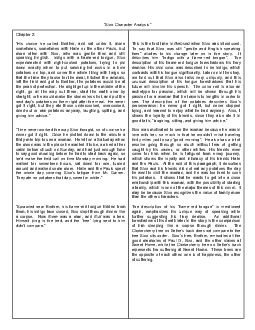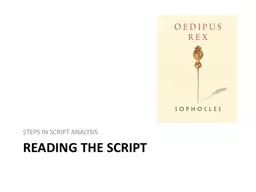PDF-Sixo Character Analysis
Author : stella | Published Date : 2021-09-09
Chapter 2His choice he calledBrother and sat under it alone sometimes sometimes with Halle or the other Pauls but more often with Sixo who was gentle then and still
Presentation Embed Code
Download Presentation
Download Presentation The PPT/PDF document "Sixo Character Analysis" is the property of its rightful owner. Permission is granted to download and print the materials on this website for personal, non-commercial use only, and to display it on your personal computer provided you do not modify the materials and that you retain all copyright notices contained in the materials. By downloading content from our website, you accept the terms of this agreement.
Sixo Character Analysis: Transcript
Download Rules Of Document
"Sixo Character Analysis"The content belongs to its owner. You may download and print it for personal use, without modification, and keep all copyright notices. By downloading, you agree to these terms.
Related Documents














